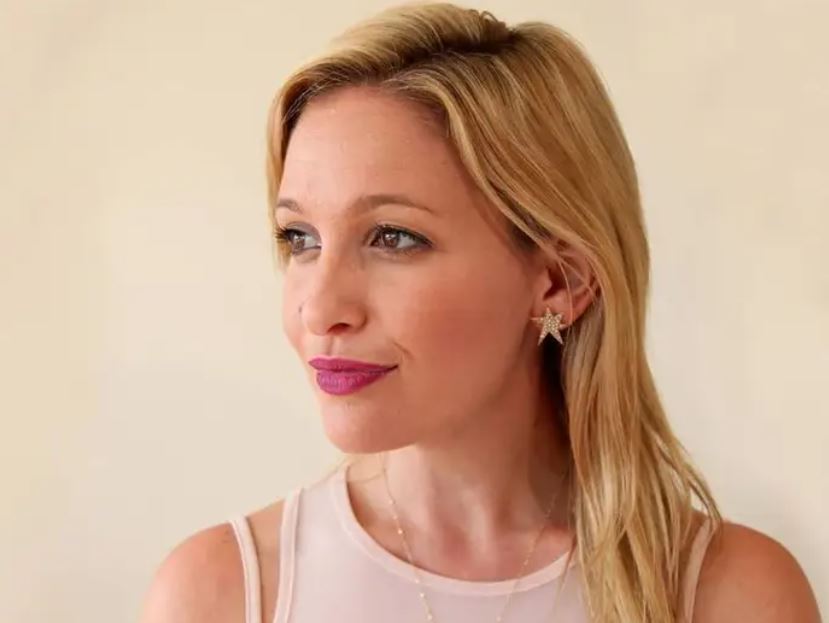- Jen Glantz is an entrepreneur and the founder of Bridesmaid for Hire.
- She does her own PR for her business and uses multiple strategies to land media coverage.
- She sets up Google Alerts for industry keywords and connects with reporters to be expert source.

When I first started my business in 2014, I didn’t have any money for an advertising budget. I invested only a few thousand dollars into my business at first, and that cash all went toward building the website and hiring legal and accounting professionals.
I knew that any marketing I did would have to be done myself using free tools and relying on social media.
I quickly realized that any time my business was mentioned in media coverage, my website traffic increased dramatically (I tracked this using Google Analytics). I decided to spend two hours a week trying to get more press mentions and tapped into the bit of PR knowledge I had from working in the industry for one year.
Over the past seven years, I’ve been featured across a variety of press outlets by doing all of my own PR. Here are the exact strategies I use.
1. Set Google alerts
If you’re new to doing your own PR, one of the first things you should do is set up free Google alerts on topics, themes, competitors, and key phrases that are relevant to your business or industry.
With alerts, Google will send you an email with new stories and content that contains those keywords. You can set these alerts to enter your inbox hourly, daily, or weekly.
I recommend spending about 30 minutes a week reading the alerts and analyzing the types of stories the media is focusing on for your industry. This will help you brainstorm ideas and angles to pitch various outlets.
I spend an additional 30 minutes a week writing a list of relevant topics (based on current events, the time of year, or new trends in my industry). Then, I draft a pitch email to send to my media list (more on the media list below) and spend an additional hour sending out those emails every week. I use my specific alerts to guide my pitches and make them timely, curated, and relevant to what different outlets are covering in real time.
2. Post yourself as a source
Determine what topics you could be an expert source on based on your industry or position with your business. Then you can create a profile on a PR source website, like Qwoted, so the media can find you when they have a story where you’d be a perfect fit.
You can also sign up for free newsletters like Help a Reporter Out to get updates about stories that reporters are working on and looking to find sources for. This newsletter is organized by category (finance, business, lifestyle, etc.), so you just scan the sections that apply to you. Every afternoon, I scan this newsletter (specifically the lifestyle section) and spend 20 minutes a day replying to inquiries that match my expertise as a wedding expert and entrepreneur. I write a reply with what I’d contribute to their article, my bio, and links to my website and social media. At least once a week, I get a press mention just from doing this.
3. Take a one-time course
If you’re brand new to doing your own PR, it might benefit you to take a one-time course to gather a game plan.
You can select a course based on the type of media placements you’re hoping to land or take a more general course. There are tons of courses online on websites like Skillshare.
Years ago, I took a simple introduction to PR that helped me understand who to pitch stories to, what kind of angles to think about, and how often to reach out to the media. It gave me a good starting point to do my own PR.
4. Build relationships with reporters
Research a list of 10 people in the media who often cover the topics or themes that your brand represents. Every quarter, I update my media list with names of media contacts, both on a local and national level, and for all different types of media, from morning cable shows to print newspapers, podcasts, and websites. I find these names by scanning publications and by following media personal on Linkedin to see if they’ve switched jobs to a new spot.
Once I find the name of someone to contact (whether it’s the podcast host or the morning show producer), I use Anymail Finder, a free tool that helps me find their email address. I send an email introducing myself and sharing what topics I can speak about. After that introduction email, I reach out to them at least once every 90 days updating them on any ideas I have.
I also recommend connecting with the same people on social media to keep on top of the content they’re producing and casually commenting on something they’ve shared when you have a genuine reaction. This will help them begin to put a face to your name when you reach out through email.
If you’re eager to do your own PR, you don’t have to spend thousands of dollars to hire a PR agency. Instead, set aside just a few hours a week to do research and reach out to the media and before you know it, you might land the media placement of your dreams.
Article Credit : Jen Glantz / Business Insider


